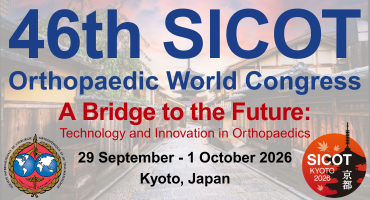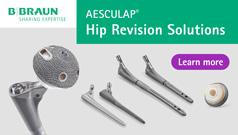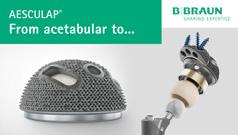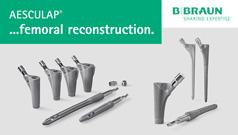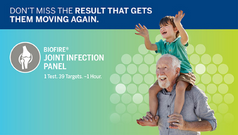Assessment of the Mechanical Performance of an Affordable External Fixator (AEFIX) Designed for Resource-Limited Settings
J Bone Joint Surg Am. 2025 Sep 3. doi: 10.2106/JBJS.24.01463. Online ahead of print.
ABSTRACT
BACKGROUND: Low- and middle-income countries (LMICs) are disproportionately affected by trauma, resulting in >5 million deaths annually. An essential treatment for musculoskeletal trauma is external fixation. However, in LMICs, current external fixator assemblies are unaffordable, costing patients upward of $5,000 (USD), leaving LMICs to rely on donations that fail to meet the needs of the patient population.
METHODS: New, affordable external fixator (AEFIX) clamps (SONA Global), designed for use in LMIC settings, were compared with Hoffmann 3 (Stryker Medical) clamps to examine their mechanical efficacy compared with commercially available, industry-standard clamps in the U.S. market. In axial and torsional loading scenarios, mechanical testing was performed at the component level and construct level (uniplanar external fixation of a tibial diaphyseal fracture).
RESULTS: The AEFIX constructs showed no differences in axial or torsional stiffness compared with Stryker constructs. AEFIX constructs yielded at 434.5 N compared with Stryker constructs at 533.6 N (p = 0.04); however, the pins failed before clamp failure could occur in all AEFIX and Stryker constructs. Under cyclic loading at 100 and 300 N, no differences were observed in construct stiffness or interfragmentary gap change. At 500 N of cyclic loading, the AEFIX and Stryker constructs resulted in median gap changes of -4.3 and -1.1 mm, respectively (p < 0.001), with no difference in % change in construct stiffness (p = 0.281).
CONCLUSIONS: AEFIX clamps were comparable to industry-standard Stryker Hoffman 3 clamps in terms of mechanical properties and effectiveness, suggesting that the AEFIX clamps may provide safe external fracture fixation in the non-weight-bearing patient.
CLINICAL RELEVANCE: As a safe and affordable solution, AEFIX clamps provide a foundation for enhancing essential trauma surgery capacity in resource-constrained settings around the globe.
PMID:40901974 | DOI:10.2106/JBJS.24.01463






